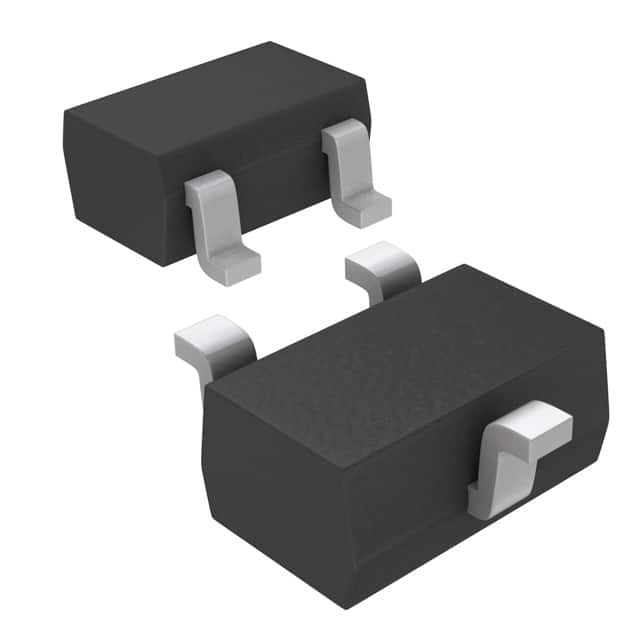Maxim Integrated MXD1811UR46+T
- MXD1811UR46+T
- Maxim Integrated
- IC MPU RESET CIRC 4.62V SOT23-3
- PMIC - Supervisors
- MXD1811UR46+T Datasheet
- -
- Strip
-
 Lead free / RoHS Compliant
Lead free / RoHS Compliant - 4293
- Spot Inventory / Athorized Dstributor / Factory Excess Stock
- 1 year quality assurance 》
- Click to get rates
| Part Number MXD1811UR46+T |
| Category PMIC - Supervisors |
| Manufacturer Maxim Integrated |
| Description IC MPU RESET CIRC 4.62V SOT23-3 |
| Package Strip |
| Series - |
| Type - |
| Operating Temperature - |
| Mounting Type - |
| Package / Case - |
| Supplier Device Package - |
| Number of Voltages Monitored - |
| Output - |
| Reset - |
| Reset Timeout - |
| Voltage - Threshold - |
| Package_case - |
MXD1811UR46+T Guarantees



• Prompt Responsiveness
• Guaranteed Quality
• Global Access
• Competitive Market Price
• One-Stop support services of supply chain
Jinftry, Your most trustworthy component supplier, welcome to send us the inquiry, thank you!
Do you have any questions about MXD1811UR46+T ?
Feel free to contact us:
+86-755-82518276
+8615019224070, annies65, +8615118125813
568248857, 827259012, 316249462
+8615019224070, +8615118118839, +8615118125813
( Email first will be appreciative )
Customer reviews
Maxim Integrated

Maxim Integrated provides ease of design, and speeds time to market, through analog integration. The company's analog ICs offer extra features and functionality carefully designed to streamline circuit and simplify design. Look to ...

MXD1811UR41+T
IC MPU RESET CIRC 4.12V SOT23-3

MAX6389XS31D1+T
IC MPU RESET CIRC 4.12V SOT23-3

MAX6383XR30D2+T
IC MPU RESET CIRC 4.12V SOT23-3

MAX6468US29D3+T
IC MPU RESET CIRC 4.12V SOT23-3

MAX6467US26D3+T
IC MPU RESET CIRC 4.12V SOT23-3

MAX6467XS16D3+T
IC MPU RESET CIRC 4.12V SOT23-3

MAX6467XS26D7+T
IC MPU RESET CIRC 4.12V SOT23-3

MAX6467US44D3+T
IC MPU RESET CIRC 4.12V SOT23-3

















